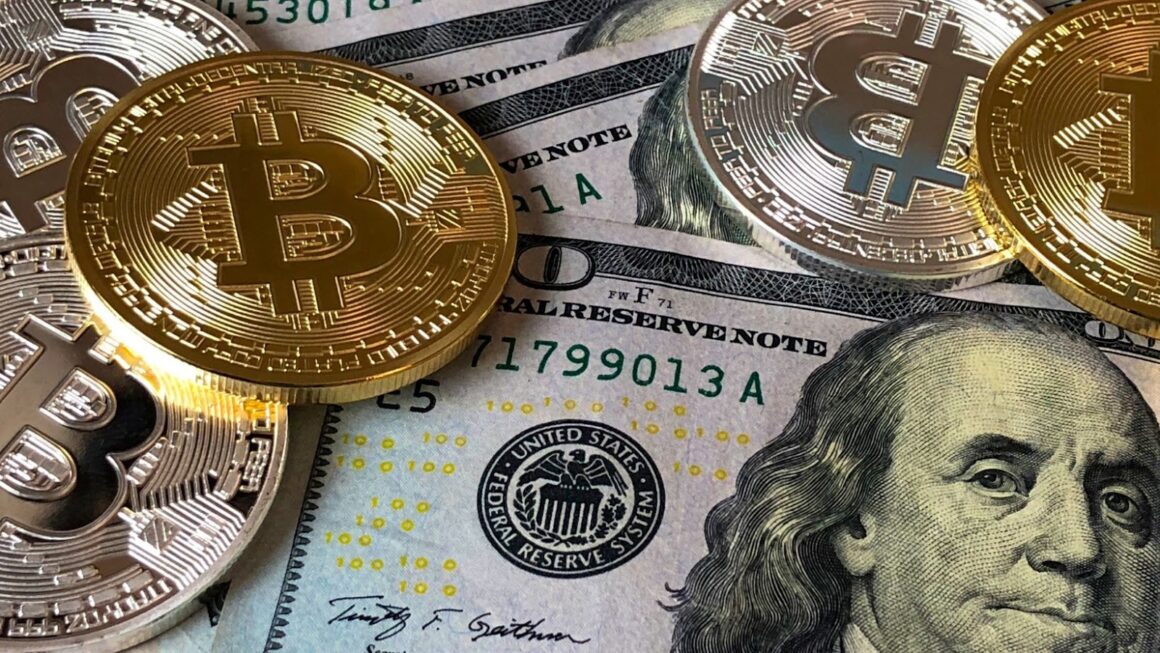Recently, a digital artwork called “Everydays: The First 5,000 Days” was sold as a non-fungible token (NFT) for 69 million dollars. So naturally, this set off a flurry of speculation over why someone would pay such a high price for a digital asset.
In this article, we’ll explore why the buyer of this NFT was willing to pay such a large amount and what other factors may be driving the NFT market.
Definition of NFTs
Non-fungible tokens (NFTs) are an asset that allows holders to own individual digital items in the form of a cryptographic token, which can carry a range of properties. NFTs are used to create and trade decentralised digital assets such as artwork, music, videos, and gaming items – as well as physical objects like real estate deeds or tickets to live events – in an interoperable ecosystem. They help creators monetize their efforts without relying on centralised platforms like YouTube or LinkedIn. KEEG Token was the first NFT-based platform launched in 2020 and it provides an open marketplace where digital creators can list and sell their collectibles directly to the buyers.
NFTs possess several unique features that make them attractive to potential users from both sides of the transaction. They are: immutable authenticity; maintained ownership; tokenized dividends; global ownership access; verifiable provenance; tradable market prices; valuation visibility; digital scarcity; monetization options those users can leverage for economic benefit. These features allow owners to own and control items unavailable through any other technology. This requires buyers to pay substantial amounts for these rare artworks, memorabilia and more. The ability to buy something one-of-a-kind also gives it intrinsic value, as buyers know they can’t buy any new ones once they become owners. This makes it possible for sellers to charge high prices for unique items — helping them monetize their work while providing buyers with something meaningful they will cherish forever.
Overview of the NFT market
Non-Fungible Tokens (NFTs) are digital assets that are unique and only replicated in the blockchain network, unlike Fungible tokens which are divisible and interchangeable. NFTs can represent digital art, in-game items, music, videos etc. One of the main advantages of NFTs is that they can be owned permanently on a decentralised blockchain and traded just like any other asset.
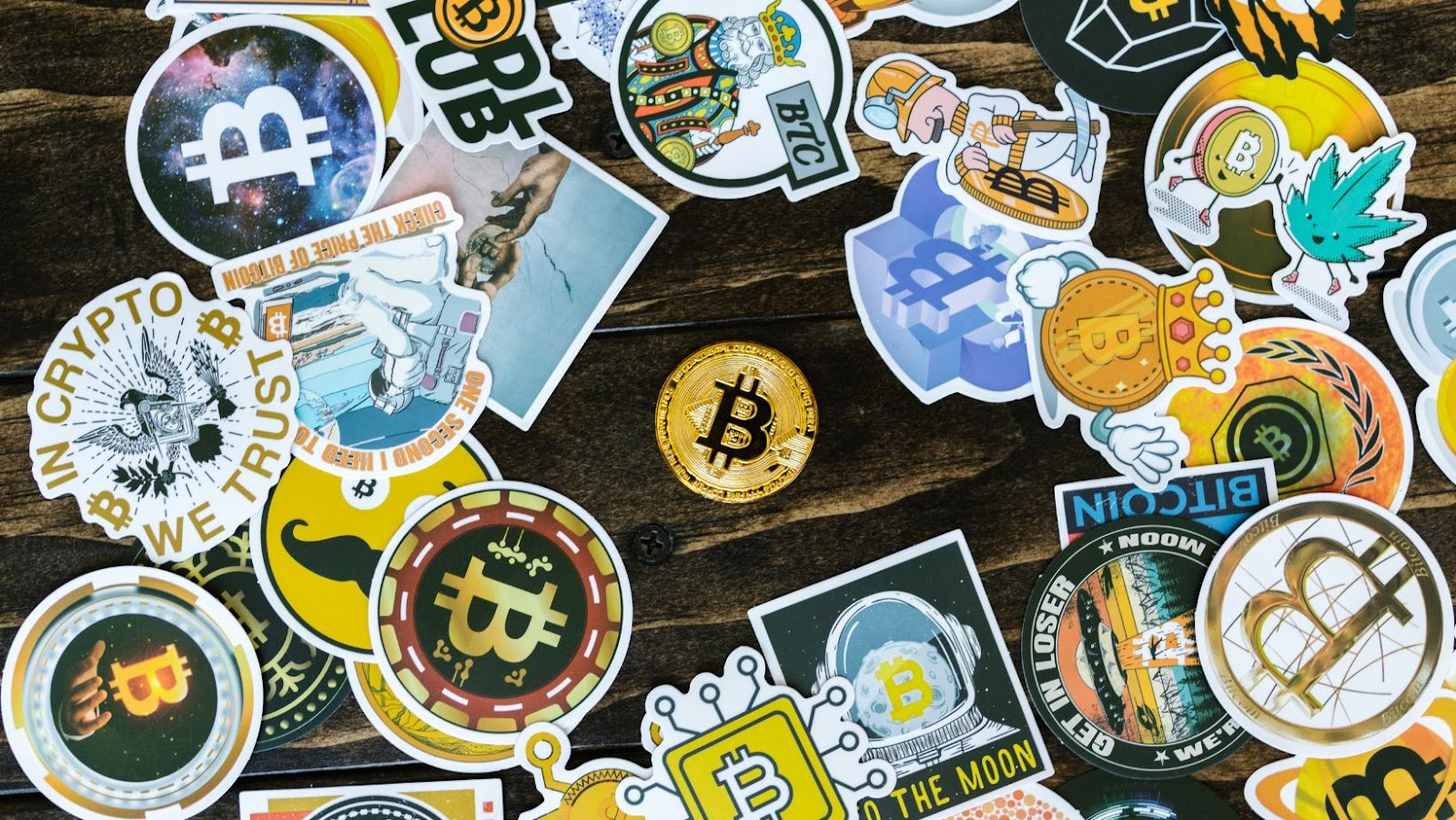
In the past year, the NFT market has exploded due to its booming popularity with traders and investors. This surge has caused some popular NFT artwork prices to soar into millions of dollars as demand far outstrips supply.
This dramatic rise in prices is partly due to speculation within the market as investors look for new opportunities to make profits but also partly because these digital assets are transforming from merely being investments into being works of art. In addition, high demand from wealthy collectors has meant that sellers have found extremely high priced buyers who value the artworks enough to pay substantial amounts.
Beyond the aesthetic appeal, what makes people want so desperately to own an NFT is not just financial gain. Still, instead it’s something much more profound – ownership over something truly unique. Every piece of digital artwork can never be replicated exactly as it was before; thus offering buyers something truly extraordinary along with complete access control over their property through total decentralisation on a blockchain network they can count on. In short, it’s best described as owning an original masterpiece created by renowned artists across all forms of media, forever – but without any physical storage needed!
The Potential of NFTs
Recently, a single digital artwork sold for $69 million in an auction, setting a record for the most money paid for a non-fungible token (NFT). This has sparked global interest in the potential of NFTs, showing that these digital assets may be worth a lot of money.
This article will explore the current NFT market, the potential of NFTs, and why someone would pay so much for an NFT.
The rise of digital art and collectibles
In recent years, digital art and collectibles have seen a meteoric rise in popularity. This surge can be attributed to the growth of blockchain technology, which allows for non-fungible tokens (NFTs) to exist. NFTs are unique digital assets cryptographically embedded on a blockchain, offering transparency and authenticity for buyers and sellers alike.
The primary benefit of NFTs is that they provide an avenue for true art appreciation, allowing creators to make their works tangible in digital collectibles. Popularised by platforms such as CryptoKitties, CryptoPunks and Decentraland, NFTs allow collectors to purchase and possess rare items that can be sold later at a profit depending on their rarity or popularity. Additionally, buying or investing in NFTs allows owners to become part of something bigger: the thriving global community of crypto collectors who gather online to discuss new trends or trade rumours on Twitter or Reddit threads.
The permanence of owning an NFT gives it power beyond purchasing physical goods or one-off prints – this is why some investors are willing to shell out hundreds of thousands of dollars (or more) on individual pieces or collections! After all, owning an original asset is far different from merely collecting a sequence of numbers and letters; it’s about having something unique and defining. Making art accessible through digital media has previously been impossible until now.
The potential for scarcity and uniqueness
Non-fungible tokens (NFTs) offer some of the same benefits as other crypto investments. For starters, they are immune to inflation, exchange rate fluctuations and other pitfalls of traditional currency markets. In addition, because their digital record is immutable and verifiable on a blockchain, there is no risk of double spending or counterfeiting when it comes to tokens.
But what truly sets NFTs apart is the potential for scarcity and uniqueness. The most important feature that all NFTs share is their ability to represent ownership rights over non-physical assets or objects (such as digital artwork) that can be scarce or unique about one another. As such, NFTs could become a powerful tool for investors seeking access to returns generated by rare and valuable items without paying high transaction costs associated with physical assets such as artworks or collectibles.
For example, an artist might offer an edition of 100 works via an NFT platform that offers each buyer exclusive ownership rights over a single “asset” — with all the checking associated with a blockchain registry — enabling buyers to be sure about the validity and authenticity for their asset before purchase. And due to the digital nature of these works, even if one token holder sells his portion in the future (on a secondary market), full ownership rights remain intact due to its original registration on the blockchain. Other digital goods like video games are also beginning to implement NFT technology for virtual worlds where each user holds exclusive rights over certain items within game play through tokens anchored by smart contracts.
Finally, even song rights can be tokenized so that streaming revenues from services like Spotify can be tracked 24/7 while also delivering investors returns based on popularity metrics like overall monthly streams; something previously impossible without infrastructure utilising NFTs in today’s music industry landscape.
The potential for investment
Regarding the potential of NFTs, one factor often discussed is the investment potential. With the recent rise in value of some NFT artwork pieces, investors are beginning to take notice and explore opportunities within non-fungible tokens.
One advantage of investing in NFTs is that they can often appreciate over time. Since NFTs are digital assets, their prices are not affected by market fluctuations as much as stocks and other traditional investments. In addition, there can be a relatively low barrier to entry for investing in NFTs. Some platforms require very little up front capital for those wishing to purchase digital artwork or collectibles. This meets investors’ need seeking long-term appreciation without tying up large amounts of money upfront.
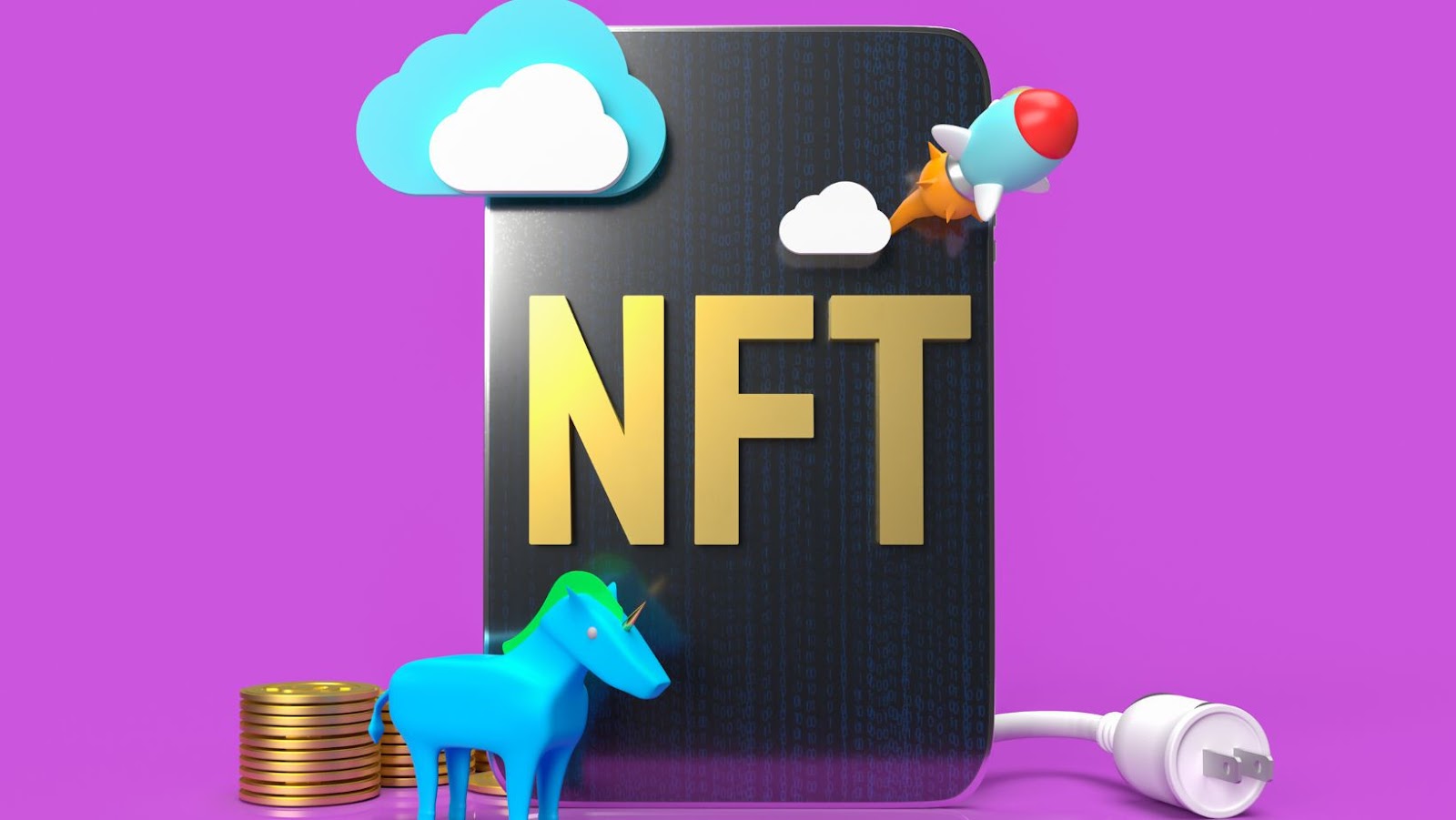
Moreover, certain market events such as limited edition releases or collections can also increase demand – driving up prices quickly. Furthermore, as more businesses employ blockchain technology and look to monetize it with increasingly valuable NFT offerings, speculation will arise on which projects have a better chance at success than others — thus providing investors higher returns on their investment than traditional investments markets.
NFT for $69 million says he would have paid even more
Non-fungible tokens (NFTs) are gaining popularity and becoming extremely valuable to collectors. Just recently, American graphic artist Mike Winkelmann sold an NFT for $69 million, claiming that if the bids had gone higher, he would have happily sold for more.
In this article, we’ll examine why NFTs have become so popular and why someone would be willing to pay such a high price for an NFT.
The ability to own a piece of digital art
In today’s digital age, it is becoming increasingly common for people to own digital art pieces. Non-fungible tokens (NFTs) are a form of digital ownership that has made it possible to bring art from the physical world into the digital realm.
The ability to own a piece of digital art is appealing to many people because it allows them to invest in something they love and the rarity and exclusivity of owning an NFT. Depending on the creator, some works may become highly sought after as their value grows. This turns NFTs into must-have items and can lead to high resale values. In addition, by using NFT technology, artists can create new forms of artwork which can increase their notoriety while providing a unique artwork experience for buyers.
Ownership of an NFT allows buyers to access syndicated versions of original works created by the artist and other exclusive content associated with the work such as concert tickets or VIP access. This opens up new possibilities for artists as these special offers become available through their pieces. Furthermore, many view owning an NFT as a way to stay connected with their favourite creators and remain up-to-date on news about upcoming projects and events related to their artwork.
NFTs have opened up opportunities for artists and collectors alike by providing them with a new way to buy and sell works in the ever-growing digital world we live in today.
The ability to invest in digital assets
Non-fungible tokens (NFTs) have experienced rapid and explosive growth, with prices in the millions of dollars routinely being paid for digital assets. The concept of digital asset ownership is still emerging, but it offers significant benefits to collectors and investors alike.
One of the key benefits of NFTs is the ability to invest in digital assets that are scarce, unique, and valuable. Using blockchain technology, verified artwork or other digital content can be made tamper-proof and indivisible. This makes them unique investments that may appreciate over time. Moreover, unlike traditionally bought or sold objects and artwork, digital art using blockchains is much more accessible for buyers and sellers as it’s not tied to a physical location or asset.
Another benefit of NFTs is that they can tokenize intellectual property (IP). Given IP’s potential for lucrative financial gain when licensed properly, many creators are using their NFTs to tokenize their work, allowing them to sell their craft directly to fans without going through a middleman platform with costly fees. Additionally, an artist can include royalty payments into their IP contract via an NFT to ensure steady income from each piece sold.
The use cases for NFTs extend beyond just being able to create a form investing in digital products but also provide newfound access into previously untouchable markets while providing monetary gains and social status within this niche community of art enthusiasts and investors alike.
The potential for appreciation in value
When considering the potential of NFTs, the unique attributes that make it so valuable are what make it so appealing. Not only are these digital assets immutable and one-of-a-kind – they can potentially increase in value over time.
Unlike physical art or collectables, which can be difficult to store and maintain as they appreciate, NFTs are stored safely on the blockchain where their worth is recorded cryptographically. This makes it easier to keep track of and trade with others.
This also makes them much more difficult to counterfeit, as there is no clear way to replicate exactly a piece of digital artwork; this security and provenance guarantee lends credibility to a possession’s economic value. Additionally, NFTs remain protected from any kind of wear and tear that physical items may encounter over time, increasing their liquidity sustenance.
Essentially, buying an NFT could serve as an investment for some people – potentially offering rewards for those who purchase something authentic, rare, or collectible with a chance at future appreciation in value down the line if trends continue. For example, suppose you choose wisely and buy something popular among collectors or popularised by a leading figure in the space such as Snoop Dogg or Kanye West. In that case, your piece could be worth significantly more depending on demand and supply levels when you decide to sell it off.
The Reasons Behind the High Prices
The NFT market has seen astronomical prices recently, with an NFT sold for a staggering 69 million dollars. This begs why anyone would pay that amount for an NFT.
Many people are asking what drives the demand for such costly assets and what is behind the high prices.
This article will explore why people are willing to pay such large sums for NFTs.
The potential for scarcity
One of the repeatedly cited reasons NFTs can be priced so high is due to the potential scarcity they offer. Since they are a unique type of asset, and not something that can be printed endlessly like physical currency, NFTs are much more difficult to acquire. There is also a limited number of copies for each NFT out there.
Certain NFTs may also become more valuable over time due to increasing demand or decreasing rareness. For example, some digital art pieces can garner attention from collectors and even those outside the digital asset market, potentially leading to a value increase over time. Furthermore, the fact that NFTs are secured on blockchain ledgers and backed by cryptographic technology helps ensure their authenticity, adding another layer of potential scarcity and confidence in ownership.
All in all, the increase in demand combined with the limited supply makes some people willing to pay high prices for certain NFTs—neither of which will go away anytime soon.
The potential for investment
One of the biggest appeals of NFTs for many people is the investment potential. Like some art pieces and collectibles, fans may be willing to pay top dollar for certain digital items, such as rare crypto-collectibles, artwork and music.
NFTs have been seen as a way to store value over time, with some sold at huge prices. For example, one crypto-collectible was recently sold for a record-breaking 388 thousand dollars. This is largely due to speculation of potentially unmatched returns in the future: these kinds of prices could be seen as investments.
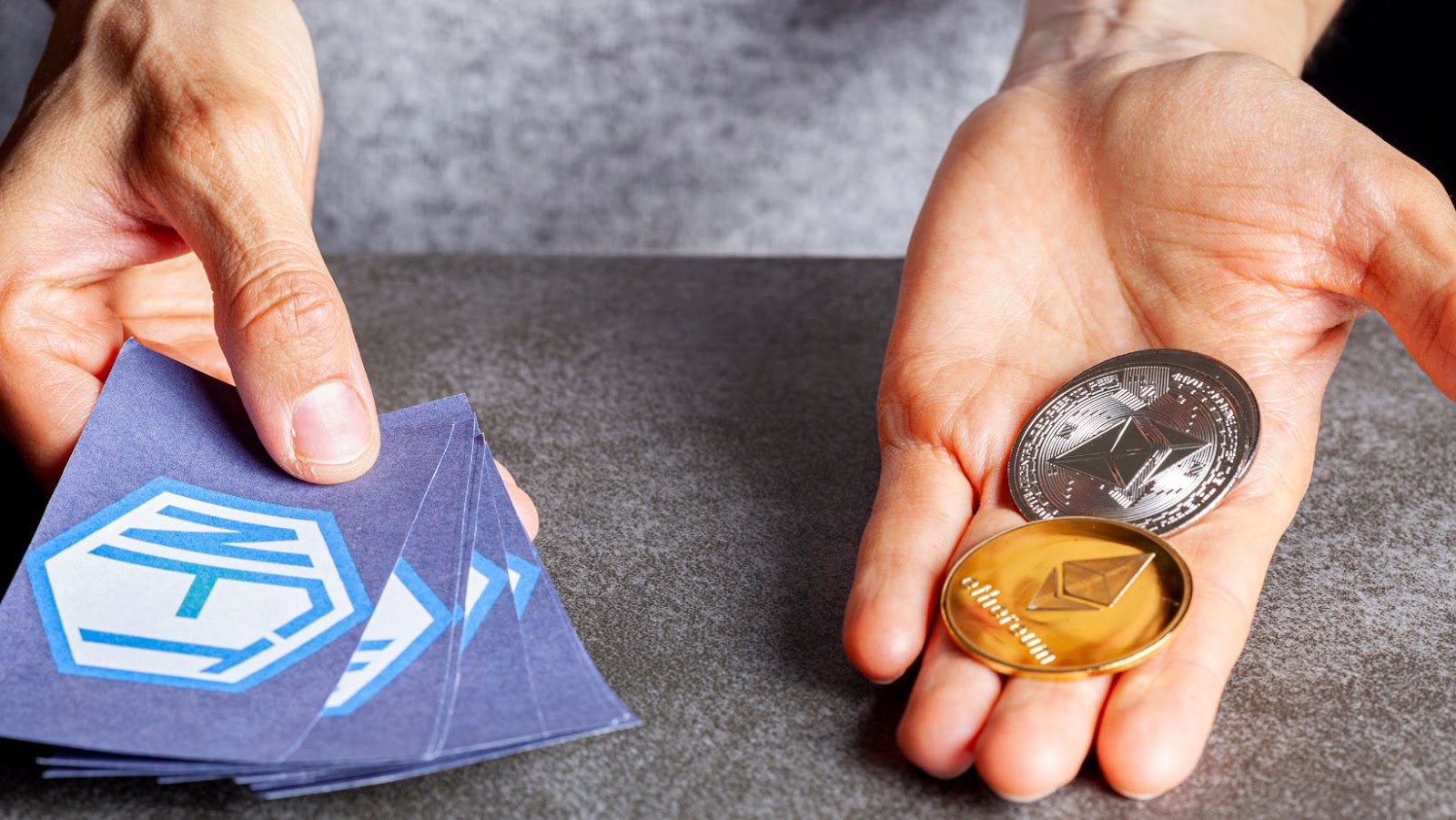
Unlike traditional investments that may come with fees or commissions, NFTs are seen as a more affordable and easy way to acquire digital assets with potential above the original price tag in the distant future. As long as you can afford it, there’s no need to pay extra fees or wait months for delivery – simply “buy it now” and you own it!
Furthermore, unlike tangible investments such as stocks or bonds, NFTs exhibit a degree of ownership not found in other forms of investments. As a result, this offers investors an unparalleled sense of uniqueness that cannot be replicated through traditional financial instruments — something invaluable for many fanatics.
The potential for appreciation in value
NFTs are special in that they can be appreciated over time and serve as a means of investment. As they become more popular, and the technology underlying them continues to evolve, demand naturally rises — sometimes leading to an increase in price. Unlike physical collectibles such as action figures or coins, digital collectibles such as NFTs may be purchased and sold in online virtual marketplaces. They can also be traded using cryptocurrency platforms, increasing their liquidity and allowing easy access to global markets.
The difficulty of making exact replicas of rare NFTs helps drive up their prices significantly more than that of unauthorised versions or knock-offs. Because the same token cannot usually be replicated digitally, potential buyers are eager to secure high quality originals created by renowned artists. This has caused rare NFTs to increase exponentially in value over time due to continually high demand from collectors eager to add them to their portfolios.
In addition, some platforms offer rewards programs that release crypto tokens when users purchase higher ‘rarity levels’ of an NFT — incentivizing users to buy more expensive pieces with the promise of free tokens whose values could rise significantly over time. These features have helped establish a continuously strong market for higher end NFTs; thus it is not unusual for collectors or investors alike to pay amazing prices for rare digital artworks that often reach impressive figures well into six figure range and beyond!
tags = Crypto investor, Beeple’s NFT, $69 million, Vignesh Sundaresan, also known as MetaKovan, metakovan metapurse 69m nfttarmybloomberg, age of digital art, JPEG and an hyperlink, nonfungible tokens, or NFTs
